Interview With Giuseppe Donatiello: Amateur Astronomer Who Discovers New Galaxies
28th Jun 2024
Giuseppe Donatiello is undoubtedly among the most famous of contemporary amateur astronomers. Orbital Today reached out to him to ask about his most recent achievements and what it takes to be a dedicated amateur astronomer.
What discovery feels like
OT: Recently, you made headlines by discovering five new dwarf galaxies that have been named after you. In total, you have discovered 11 dwarf galaxies. It would be a dream come true for many amateur astronomers – to make history with their observations, give it their name, it’s very exciting.
What did you feel when you realized you’d made the discovery? Can you share the story of your first discovery and what it felt like to realize that you had found a dwarf galaxy?
Giuseppe Donatiello: Discoveries are never random, even those made by serendipity, because they are always the result of a research process that requires dedication, commitment, sacrifice and the ability to seize the opportunity. Research is primarily rationality, study and analysis but also includes the creativity and intuition necessary to recognize a discovery.
All my discoveries, from the first one, are derived from specific research and the satisfaction is truly great when you see your commitment rewarded. The publication of the scientific result is the final recognition and the emotion you feel, I believe, must be no different from that of an athlete who sets a record. At that moment all the hard work makes sense. When faced with success, it often happens that the public perceives it as a sensational stroke of luck and not as the fruit of hard work over many years. Eleven dwarf galaxies, but also some candidate planetary nebulae and my active participation in the search for tidal stellar streams around Milky Way-like galaxies are not the result of chance and I think it is legitimate to feel satisfied, although the search is still ongoing.
Having now counted a certain number of them, I can testify that the first discovery is never forgotten. So, when the first galaxy was confirmed, I realized that I had indeed accomplished a rare feat for an amateur astronomer and a dream come true. I was really happy and I started jumping like crazy all over the room, which was really unusual for me because I’m a quiet person. Donatiello I, as we called that first discovery, arose from the search for possible satellites in the region of gravitational influence of the Andromeda galaxy (M31). I was inspired by the spectacular results of the PAndAS survey which, some time earlier, had led to the discovery of a complex stellar stream structure and several new satellites via density maps using red giant stars as tracers.

Reaching into archives
Over the years I had collected a certain number of deep wide-field shots in the same region of the sky, so I thought (now I can even say naively) that by adding and composing those shots I could obtain something similar. I created that ultra-deep mosaic at the beginning of September 2016 and was pleased to see that it was deep enough to show a certain number of satellite galaxies of M31 as small clouds. Could I have captured something new? Excluding the annoying galactic cirrus clouds of interstellar dust, I managed to identify some “spots” similar in appearance to satellites which however did not correspond to anything catalogued. In that period I had come into contact with the staff of the Telescopio Nazionale Galileo (TNG), who I asked for support in verifying the nature of those sources. These checks were performed by astronomer Walter Boschin during breaks in scheduled observations.
The first spot proved to be a cloud near NGC185. The second one was about a degree away from the star Mirach and I discovered that it had a counterpart in SDSS DR9. It was September 23, 2016 and I again asked TNG for their kind support. After about ten days I received the image in which that little cloud had become, to the general surprise, a small dwarf galaxy resolved into stars.
I recklessly showed that image on Facebook, without revealing its location, and it was incredibly seen by the Spanish astrophysicist David Martínez-Delgado, one of the leading specialists in dwarf galaxies and stellar streams, who offered to help with the publication. After a meticulous series of checks, we ascertained that it was truly a new object and never previously reported. The analysis of the photometric data ruled out, however, that it was a new satellite of M31, but rather a more distant dwarf galaxy, about 10 million light years away, perhaps paired with NGC 404. My dream of discovering a Local Group was however only postponed.
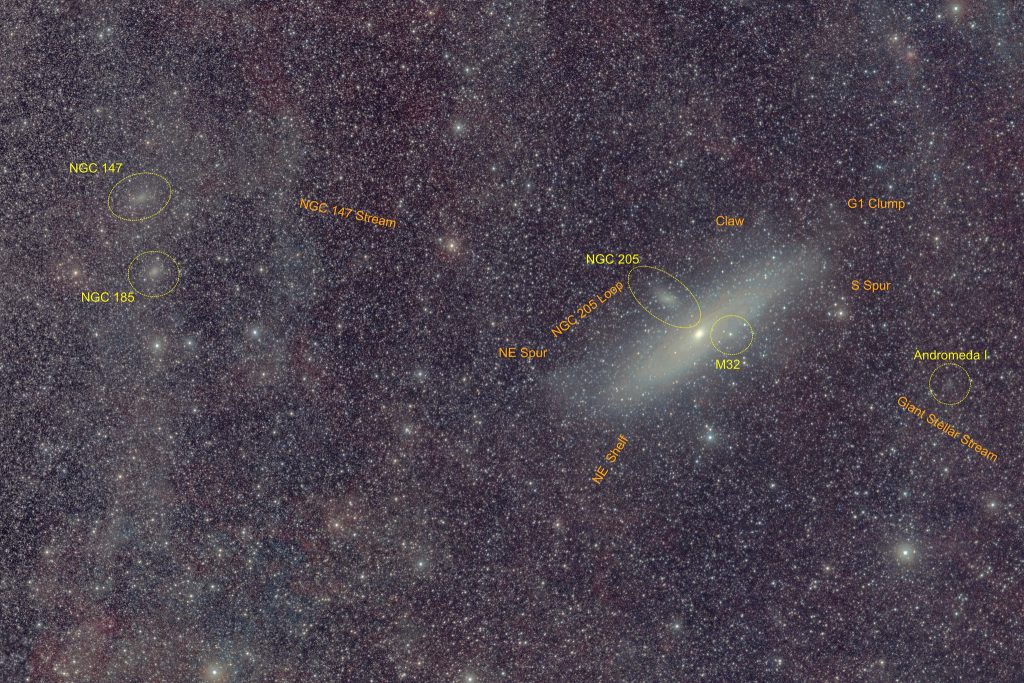
A search of public archive images allowed us to ascertain that Donatiello I had been captured by chance by the 3.58 m Canada-France-Hawaii Telescope (CFHT) located on Mauna Kea in 2003 without having been noticed. This is not a mere curiosity, but is a shining example of excellent quality data not analyzed in depth. This spurred me on to go check the public data. In particular, I discovered that I have an excellent feel for the DESI Legacy Survey data and I manage them with great ease. All my subsequent discoveries were made by accessing them.
In fact, this was followed by the discovery of Pisces VII/Triangulum III, this time in the Local Group, which our studies have confirmed to be a satellite of M33 at 3 million light years.
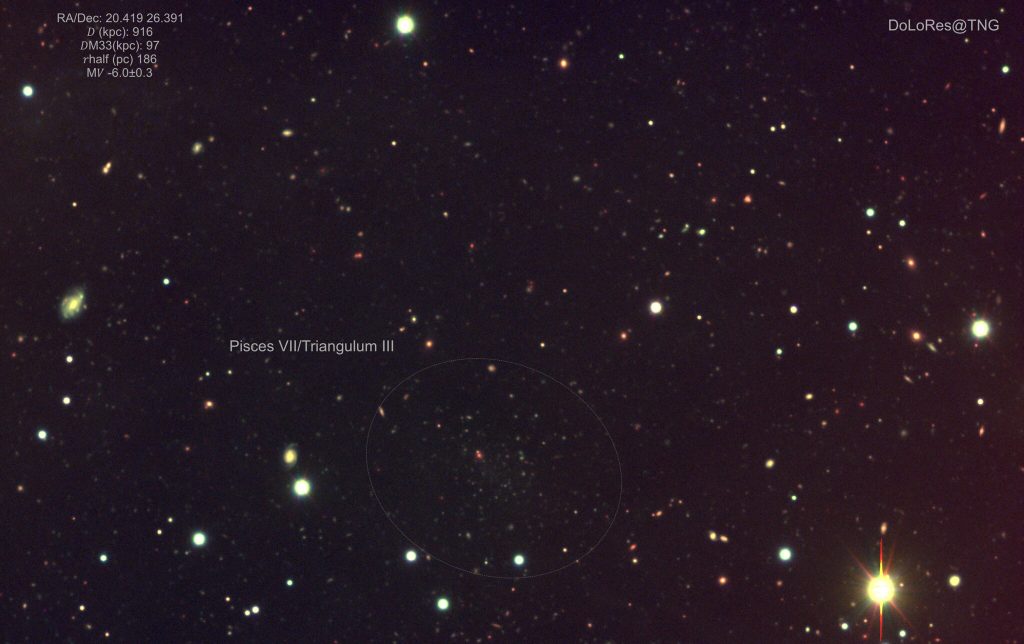
Then again, three new satellites from the galaxy NGC 253, about 11.5 million light years away, which we have called Donatiello II, III and IV. They were followed by the discovery of Pegasus V/Andromeda XXXIV, a distant satellite of M31, 2.2 million light years away. Finally, these new five candidate satellites of NGC 253 (Donatiello V/IX) which we hope to confirm as soon as possible, perhaps thanks to the Hubble Space Telescope. So, in total, 11 of which 9 belong to the catalog that bears my name.
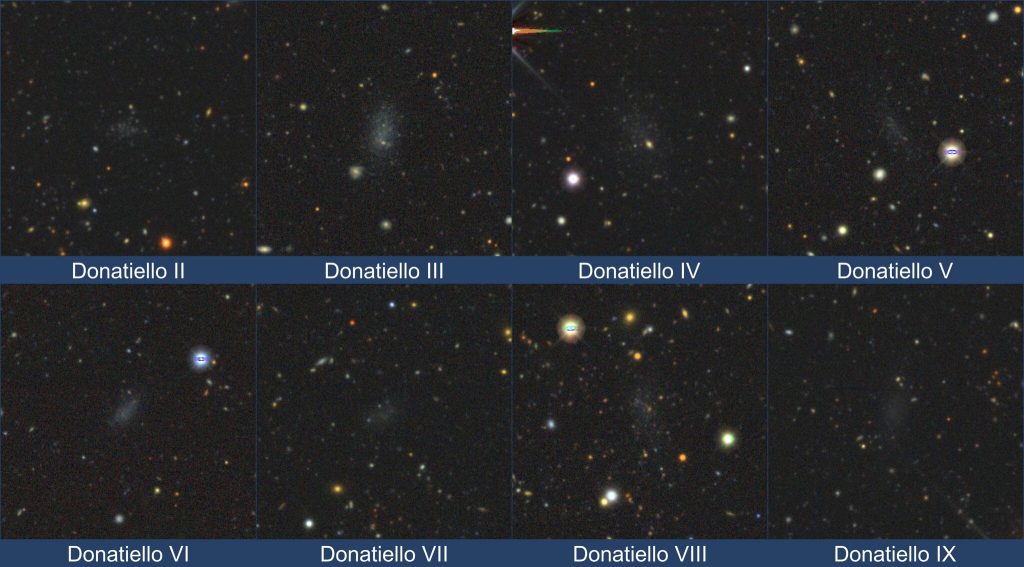
While this is an impressive result, my most notable discoveries are Pisces VII and Pegasus V in the M31 system, where no new dwarf galaxies have been discovered since 2013. So in addition to being the greatest galaxy discoverer among amateur astronomers, I am also the first and only amateur astronomer to have discovered objects in the Local Group, i.e. the Milky Way family. This has earned me the respect of some professionals and is perhaps one of the most beautiful aspects of this activity together with the pleasure of contributing to the knowledge of our cosmic neighborhood.
OT: Is there a specific photo or observation you’ve made that you personally like the most? Is there a story behind it? Can you please share and we’ll add it to the article?
Giuseppe Donatiello: I am 57 years old and have been observing the sky regularly since 1979. I have collected dozens of memorable observations over many years and it is quite difficult for me to choose a specific one. I had the opportunity to observe rare events such as the pair of Venus transits in 2004 and 2012, the great Jupiter-Saturn conjunction on 21 December 2020 but also the sensational sequence of impacts of comet Shoemaker-Levy/9 on Jupiter, just 30 years ago. A Leonid storm in 2001. I clearly saw and photographed the lunar fireball during the total eclipse of January 21, 2019 up through the last spectacular aurora of this year. There are also unusual images, such as Mercury’s sodium tail and the lunar exosphere. All these observations are documented by my images, freely visible and downloadable from my Flickr profile.
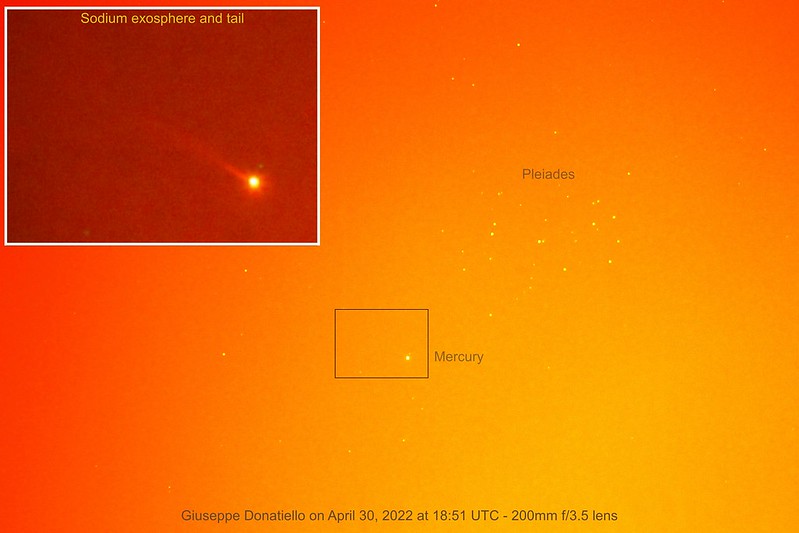
When everything went dark
However, if I think about it carefully, there is an event that left an indelible memory: the great blackout in Italy in 2003.
It was the Saturday with the New Moon of 27 September 2003, so with a small group of friends we organized an observation in the mountains at the site of the Pollino National Park, at around 1300 metres. It was a memorable night for the excellent transparency and seeing with very mild temperatures. I dedicated much of that night to photographing the supernova remnant Simeis 147, obtaining one of the first documented color photos of a subject defined at the time as “impossible”. However, the best was yet to come.
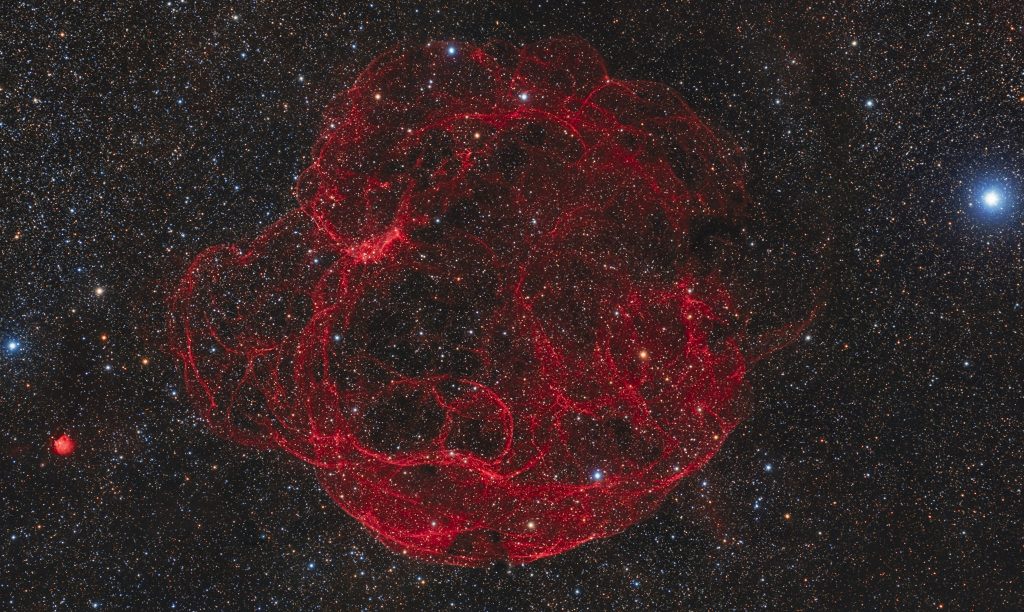
I still had the head of the equatorial mount in my hand when at 3:27 everything immediately became more contrasted and a green airglow was seen around the horizon. That already excellent sky had become wonderful and almost unrecognizable with very faint stars visible to the naked eye. We understood it was a blackout, but believed it was a local phenomenon. Lasting for several minutes, I reassembled the equipment as best I could to document that show, obtaining about ten shots before dawn.
The following morning the scenario was surreal and from the radio we discovered that the national territory of Italy was entirely without electricity. The phenomenon caused enormous disruption: the interruption of transport (including airports and railways), and various emergency situations. The situation resolved during the day, with the electricity supply restored first to the North and then to the South of Italy. We also discovered that much of Italy had been under rain and clouds during those few hours and very few people had admired that memorable sky. In essence, my companions and I witnessed a truly photometric sky as ancient astronomers could! Unfortunately, that sky is definitively lost, and it gets worse and worse!
OT: What are some of the biggest challenges you face as an amateur astronomer?
Giuseppe Donatiello: Undoubtedly the unequal fight against light pollution. I live in a suburban area from which I can carry out some observational activities. However, since 1994, I have obtained the best by moving 200 km to the Pollino National Park, taking everything I need with me at 1400 meters above sea level under an excellent quality dark sky. From there I can get the most out of my instruments, largely built by me. I usually do short one-night trips but, around the summer New Moon, I set up a camp that also includes an observatory tent.
Over the years I have optimized the material to carry in the car and set up a light but efficient setup with which I take ultra-deep wide field images, using an array of 2-3 cameras with telephoto lenses. In this way I double or triple the exposure times by taking shots simultaneously on the same or adjacent areas of the sky. On a typical summer night I can thus get 6-7 hours in total.
Setting up the optical and mechanical instrumentation also requires time and effort, but it’s part of the fun.
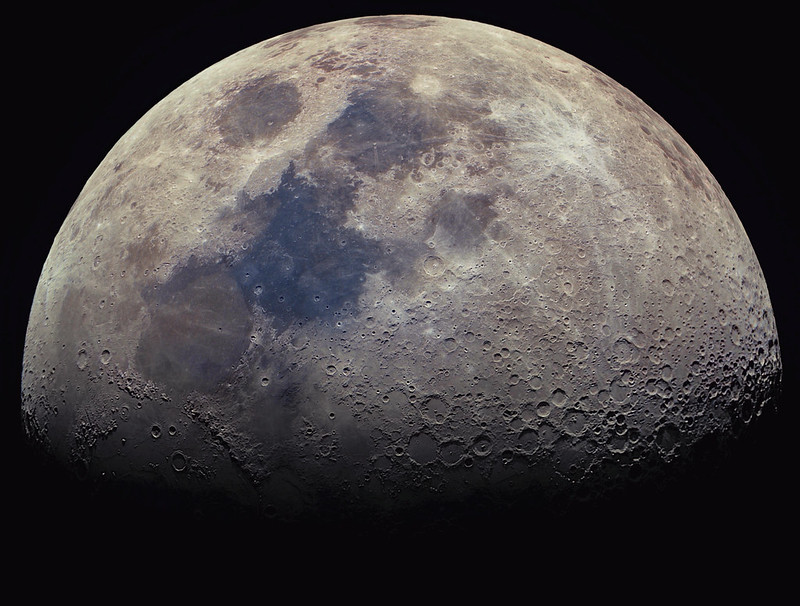
OT: Have you collaborated with professional astronomers or institutions, and if so, how have these partnerships influenced your work?
Giuseppe Donatiello: From asking professionals for support to actively collaborating with them, it was really natural. At the same time, a close collaboration with Martínez-Delgado also began in the study of stellar streams in galaxies in the Local Universe. With the discovery and follow-up observations of the Donatiello I dwarf galaxy, it was clear that it was not just a fluke and my skills gained over many years came to the fore. In particular, skill in image processing and graphics was immediately noticed and it combined well with the study of tidal stellar streams. Martínez-Delgado first asked me for help in dealing with images to include in a paper in preparation, receiving thanks. What was supposed to be just a “tour” in professional astronomy became an active involvement in research with the publication of some successful papers in the field of stellar streams, in addition to the scientific articles with which we announced the various discoveries of galaxies.
This is a rather crowded sector of study and a certain number of professional astronomers deal with dwarf galaxies, who certainly have not gone unnoticed by my results, especially with the sensational discovery of the two galaxies in the Local Group, Pisces VII and Pegasus V. This has earned me reputation and respect and I am now friends with some professionals. Not least, the Italian Amateur Astronomers Union, the main and oldest amateur astronomical organization in Italy, appointed me in 2019 to be the director of the Deep Sky Section.
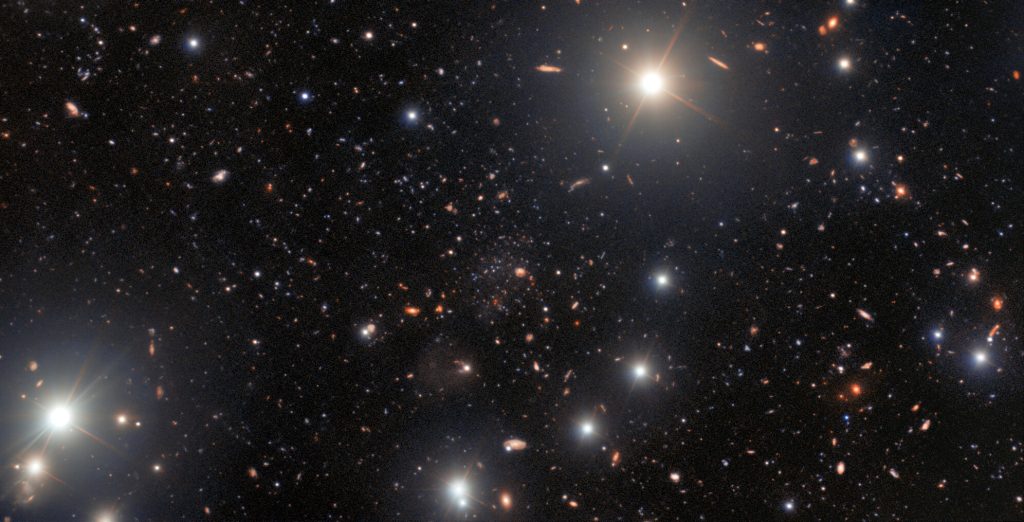
These close contacts and roles have greatly influenced my way of dealing with astronomy. I have learned many things and continue to learn them, in particular the importance of operating according to scientific criteria, from the acquisition and reduction of data to their publication. Many amateur astronomers, perhaps not even knowingly, heavily tamper with their images, eliminating their scientific value. We don’t like this: research is done with authentic and verifiable data that anyone can replicate without technical acrobatics, not with editing software and the excessive use of tools. This approach pays off in the long run because you are considered a reliable observer and it is no coincidence that my images are often used in international scientific articles, books and institutional sites of observatories and universities.
I am also the author of thousands of articles on all aspects of astronomy, so I know well how important a relevant image with great communicative power is. Aware of how much a good image can be inspirational, by my choice, for many years now I have been making my images and graphic works shared and free to use, asking only for citation in the credits. In the vast majority of cases this happens and I verify it from the messages that users leave on Flickr. This is also a legacy of the experience gained by frequenting the professional world in which the sharing of data and the recognition of the results of others are the rule and fundamental for scientific growth. It would be nice if amateur astronomers also started doing the same: I have only had advantages.
OT: What’s your next goal in astronomy?
Giuseppe Donatiello: I’ll be really brief here: I’d like to discover at least one satellite of our Milky Way. I wouldn’t even mind including a galactic globular cluster in my personal roster. I think there is still room for new discoveries.
OT: What advice would you give to someone who is just starting out in amateur astronomy and/or astrophotography and hopes to make significant discoveries?
Giuseppe Donatiello: We must approach astronomy with a lot of curiosity and desire to learn. Astronomy is primarily an intellectual need that must be carried out methodically and consistently. Being an amateur astronomer is a lifestyle, not a profession, regardless of the results. For some time now, thanks to social networks, I have increasingly come across people of dubious authority who present themselves as communicators and promoters of astronomy with the ways and times of influencers. In my opinion this is wrong, both because a 30 second video communicates nothing and because the contents are often cheap and low profile. Rather than doing any good, these operators fill the internet with poor content from dubious or secondary sources.
The first piece of advice is therefore to study a lot, researching and learning from reliable, authoritative and possibly primary sources. There is a lot of quality literature in bookstores that allows us to gradually introduce ourselves to astronomy, just as there are valuable resources on institutional sites on the internet, but there is also a lot of rubbish to pay attention to in order to avoid it. Only with study will there be a solid basis for doing more challenging things from which the conditions for discoveries could arise, but it will take time to have the necessary skills. In astronomy you don’t become good overnight, but you also learn from your mistakes by trying to correct them.
Those who choose to dedicate themselves to astrophotography (which I consider only a part of being an amateur astronomer and not a promotion to a higher level), having learned the rudiments in a good guide, it is preferable to seek their own path, carrying out tests and experiments to learn your equipment thoroughly. This practice allows you to obtain the best performance. Replicating setups can be misleading because they may be good in certain conditions, but terrible in other situations. Always valid advice is to ask for support from some expert enthusiasts with whom you can interact directly in the field and understand how to behave in certain situations.
More generally, I suggest following your own inclinations, delving into the most exciting topics. This allows you to obtain specific skills and this can make the difference. This is what happened to me.
_…_
Orbital Today would like to thank Giuseppe Donatiello for taking the time to answer our questions and we wish him good hunting!


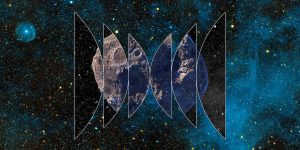



Thank you for your comment! It will be visible on the site after moderation.